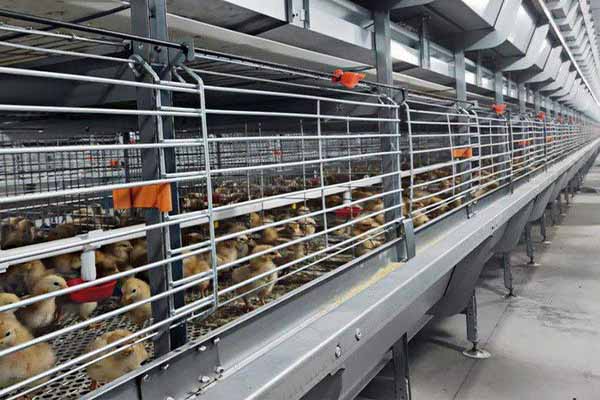The Impact of Temperature Control on Egg Production in Kenyan Chicken Farms
Time : 2025-04-25
The Kenyan poultry industry has experienced significant growth over the years, with chicken farms popping up all across the country. One of the most critical factors that contribute to the success of these farms is temperature control. In this article, we will delve into the impact of temperature control on egg production in Kenyan chicken farms, offering insights into how this aspect can make or break a business.
Understanding the Basics of Egg Production
Before we dive into the specifics of temperature control, let’s briefly touch on the basics of egg production. Chickens, as you may know, are excellent layers. However, the conditions in which they live can drastically affect their productivity. A comfortable environment leads to healthy hens that lay more eggs, while a stressful environment can lead to poor production and health issues.
The Importance of Temperature
One of the most critical environmental factors affecting chicken welfare and productivity is temperature. Here are some key points to consider:
– Optimal Temperature Range: Chickens thrive in a specific temperature range, which generally varies depending on the age of the chickens. For instance, young chicks need a higher temperature, whereas mature hens can tolerate lower temperatures.
– Heat Stress: Excessive heat can cause heat stress in chickens, leading to decreased egg production and an increased susceptibility to disease. On the flip side, cold stress can also impact the chickens’ health and productivity.
– Humidity: While temperature is a primary concern, humidity plays a crucial role in how heat stress is experienced by the chickens. High humidity can exacerbate heat stress, while low humidity can exacerbate cold stress.
How Temperature Affects Egg Production
Now let’s take a closer look at how temperature specifically affects egg production in Kenyan chicken farms:
– Higher Production at Mild Temperatures: Chickens tend to produce more eggs when they are not too hot or too cold. Mild temperatures allow the hens to allocate more energy to laying eggs rather than dealing with the discomfort of heat or cold.
– Quality of Eggs: The quality of eggs is also affected by temperature. In extreme heat or cold, eggs can have a rougher shell, discoloration, or a lower quality of yolks and whites.
– Health Implications: When temperatures are outside the optimal range, chickens can become stressed, which can lead to health issues. A sick hen is unlikely to produce eggs at her full potential.
Strategies for Temperature Control in Kenyan Chicken Farms
With the understanding of the impact of temperature on egg production, let’s discuss some practical strategies for effective temperature control:
– Use of Cooling Systems: On hotter days, employing cooling systems like fans and misting units can help to keep the chickens cool and prevent heat stress.
– Ventilation: Proper ventilation in the chicken sheds can ensure that there is a constant flow of air, helping to regulate the temperature.
– Insulation: To combat cold temperatures, using insulation in the sheds can prevent the loss of heat, keeping the chickens warm and comfortable.
– Monitoring: Regular monitoring of the temperature and humidity is crucial. Investing in good quality thermometers and hygrometers can provide real-time data on the environmental conditions.
– Adjustment of the Lighting System: Some farmers use lighting to manipulate the chickens’ day-length, which can also influence their egg production. Adjusting the lighting system can help to keep the hens active and productive.
The Role of Climate in Kenya
Kenya’s diverse climate is another factor to consider. The temperature variations across the country can pose unique challenges to chicken farmers. For example, during the long rains (March to May), the humidity levels are higher, making it essential to focus on effective ventilation to prevent the spread of diseases. In the dry season, the temperatures can soar, so having a reliable cooling system becomes a necessity.
Conclusion
Temperature control is an often-overlooked yet crucial aspect of egg production in Kenyan chicken farms. By ensuring that the chickens live in a comfortable and controlled environment, farmers can maximize egg production and maintain the quality of their produce. The strategies discussed in this article are not only practical but also adaptable to various climate conditions and can help farmers optimize their operations.
Keep in mind that every chicken farm is unique, and it’s important to tailor these strategies to the specific needs and circumstances of your farm.












